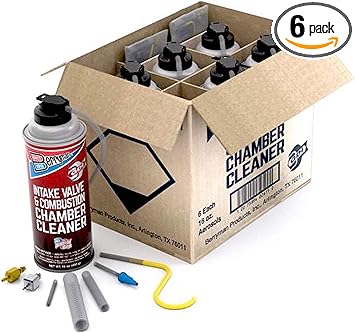Hey guys, I've been looking all over the internet for photos of carbon build-up on the intake valves on our 18+ Crosstreks since we have direct fuel injection with the FB20D.
I was curious to see how much build-up I have on my intake valves so I decided to remove the intake manifold to inspect. I have just under 50,000km (30k miles), mostly city driven (70% city/30% highway), and I do my oil changes more frequently than the average owner at 5k intervals.
I've had a fuel induction completed at the dealership at 18,000km (11k miles) and 36,000km (18k miles). The first induction cleaning the dealership used two bottles and when I did it myself I used two bottles as well. It's hard to say how much of a difference those induction cleaning did to the intake valves because I don't have a before and after to compare... I was expecting a lot worse and was planning to walnut blast but I will do an induction cleaning once a year and see how things look at 100,000km (60k miles).
I know there's another thread regarding this topic so if the Mods want to merge the thread into a super thread, feel free to do so. I guess we can use mine as a starting point since I have photos and more owners can add to this topic with their findings/pictures.
![Image]()
![Image]()
![Image]()
![Image]()
![Image]()
![Image]()
I was curious to see how much build-up I have on my intake valves so I decided to remove the intake manifold to inspect. I have just under 50,000km (30k miles), mostly city driven (70% city/30% highway), and I do my oil changes more frequently than the average owner at 5k intervals.
I've had a fuel induction completed at the dealership at 18,000km (11k miles) and 36,000km (18k miles). The first induction cleaning the dealership used two bottles and when I did it myself I used two bottles as well. It's hard to say how much of a difference those induction cleaning did to the intake valves because I don't have a before and after to compare... I was expecting a lot worse and was planning to walnut blast but I will do an induction cleaning once a year and see how things look at 100,000km (60k miles).
I know there's another thread regarding this topic so if the Mods want to merge the thread into a super thread, feel free to do so. I guess we can use mine as a starting point since I have photos and more owners can add to this topic with their findings/pictures.





